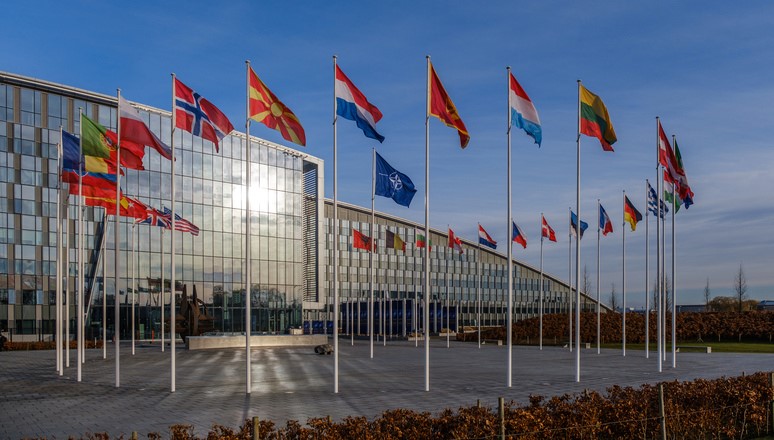Military threats will not diminish in 2023. Although Congress has provided additional funds to the initial request from the White House, the heavy cost of deterring aggression will require fair contributions from U.S. allies across the planet.
Some have risen to the challenge, while others have not. As this column has not previously, Japan has hiked his defense spending. If Tokyo’s planned additions go through, it will provide the third largest arms budget on the planet. U.S. Secretary of Defense Austin praised Japan’s move, reflected in its National Defense strategy. “We support Japan’s decision to acquire new capabilities that strengthen regional deterrence, including counterstrike capabilities. We also endorse Japan’s decision to increase substantially its defense spending and reach two percent of GDP in 2027, and to improve the jointness and interoperability of its Self-Defense Forces through the creation of a permanent joint operational headquarters. The Alliance remains the cornerstone of peace and prosperity in the Indo-Pacific, and the United States is committed to working with Japan in support of the goals enshrined in both countries’ strategies.”
Another key friend has not followed suit. Despite its prosperous economy, Germany continues to underfund its military, depending on the U.S. and other NATO nations to take up the slack. The armed forces publication Stars and Stripes reports that Germany will (again) fail to meet a NATO guideline of spending 2% of gross domestic product on its military next year. The shortfall will also continue “…from 2026 onward, according to an analysis quoted in local media on Monday…Defense Minister Christine Lambrecht recently revised the target to 2% of GDP ‘on average in the next five years,’potentially angering Germany’s allies who have long complained the government in Berlin isn’t pulling its weight militarily. “The 2% target is receding into the distant future despite €100 billion in special funds, and even necessary procurements in the short term are not progressing,” the Rheinische Post newspaper quoted a study by the IW economic research institute as saying.”
Unfortunately for U.S. taxpayers, Berlin is not alone in its decision. Research from Forces.net finds that “The number of NATO nations meeting or exceeding the alliance’s spending target has continued to fall…The UK is one of only eight nations out of 30 believed to be hitting the target and remains fourth in the list of proportional spending.” NATO members are supposed to spend 2% of their gross domestic product on defense spending. Only about a third of the alliance’s members meet that figure.
Despite the shortfall, NATO continues to be a bulwark against Russian aggression, a model the U.S. seeks to emulate in the Indo-Pacific region. The concept is beginning to progress.
Along with Japan, Australia has committed to increasing its military resources. In March, The Australian Government issued a statement noting “As part of our plan for a stronger future, the Morrison Government’s 2022-23 Budget continues its record investment in Australia’s national security by building Defence capability and creating jobs, boosting Australia’s cyber resilience, supporting Australia’s sovereign Defence industry and improving the lives of Defence Force members, veterans and their families. Prime Minister Scott Morrison said the government’s investments in Australia’s national security spanned air, land, sea, space and cyber capabilities.”
In September, the South Korean Ministry of National Defense also announced its own significant increase in defense spending. The hike amounted to a 4.6% hike.
While the Japanese, Australian and South Korean increases are welcomed in Washington, the goal to establish a Pacific version of NATO remains unfulfilled. China’s increased aggression, North Korea’s nuclear and missile tests, and Russia’s growing naval presence all indicate significant difficulties ahead.
Illustration: NATO HQ (NATO photo)
